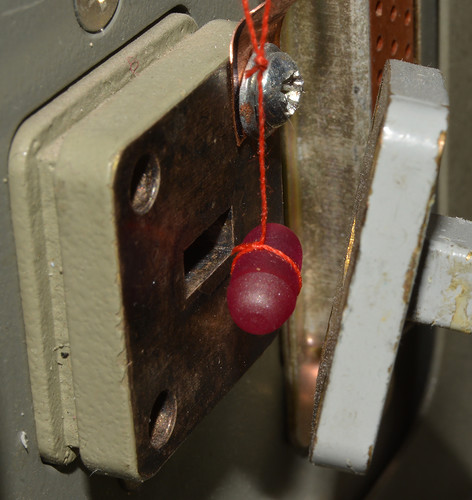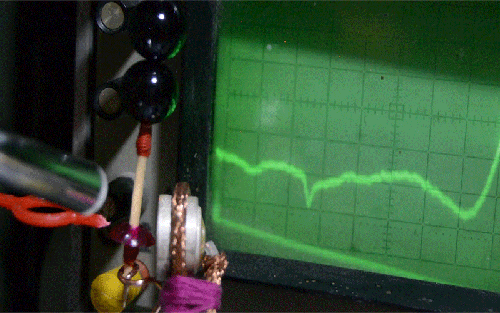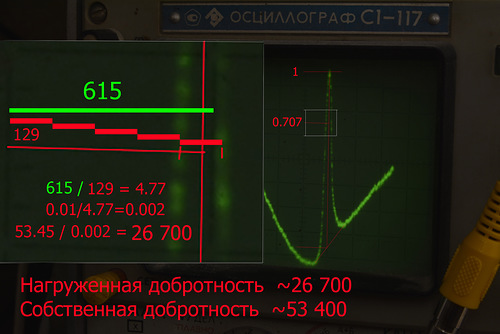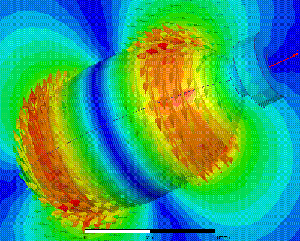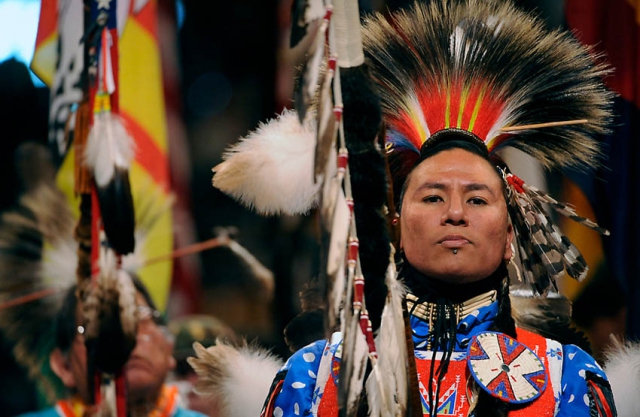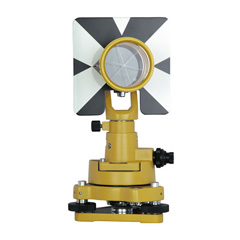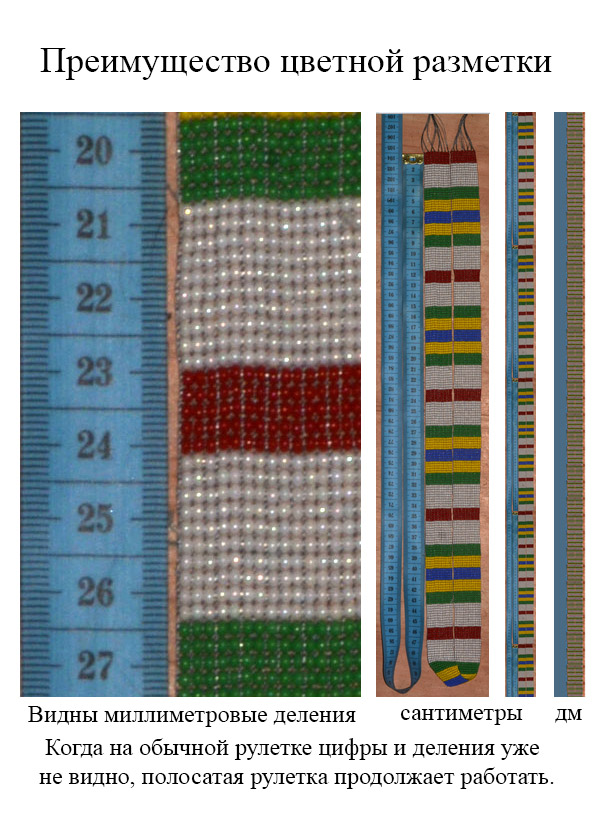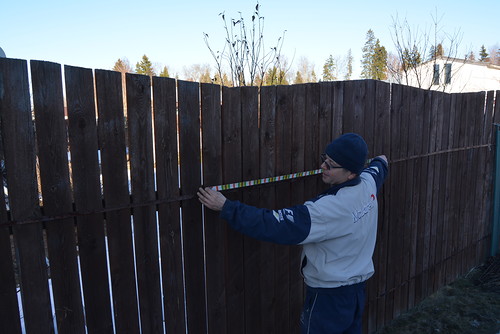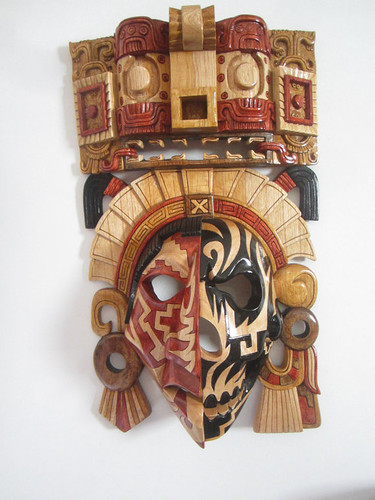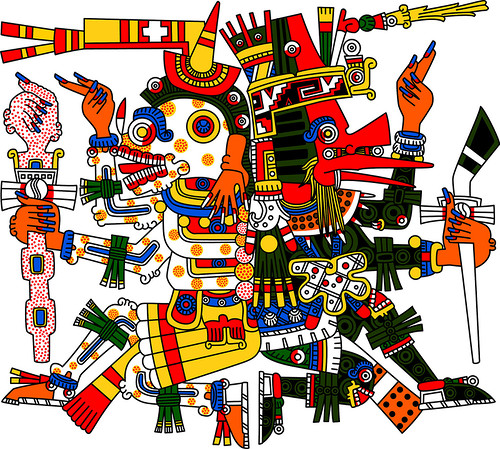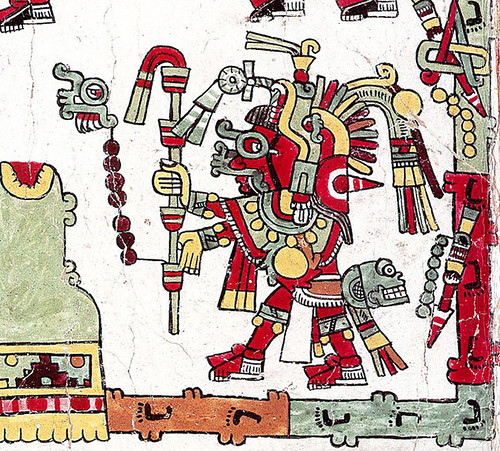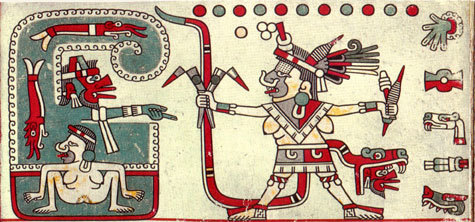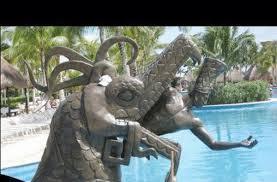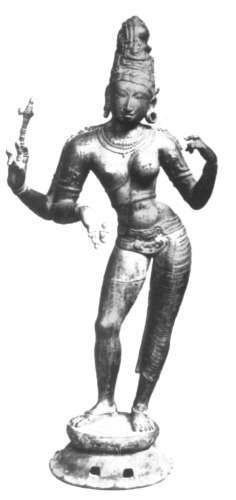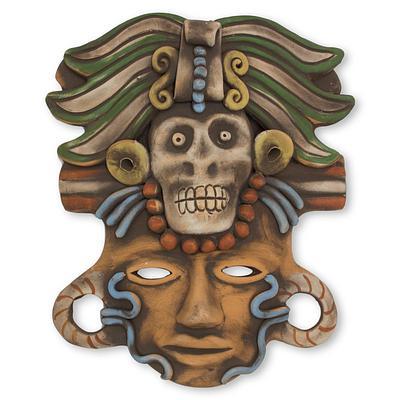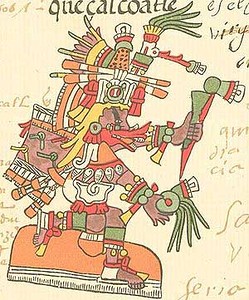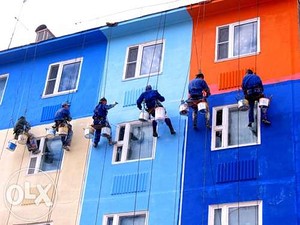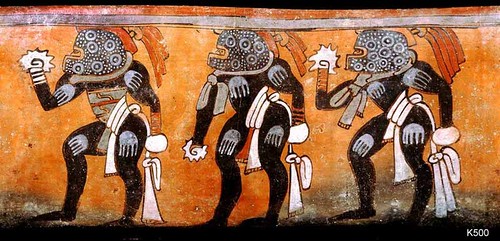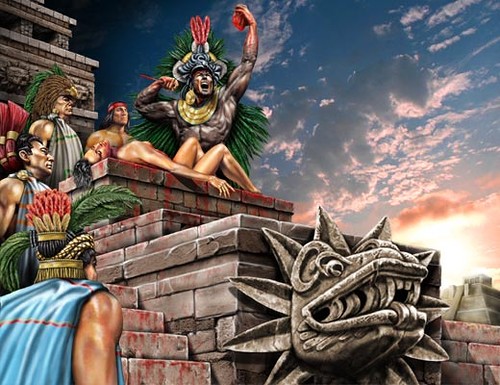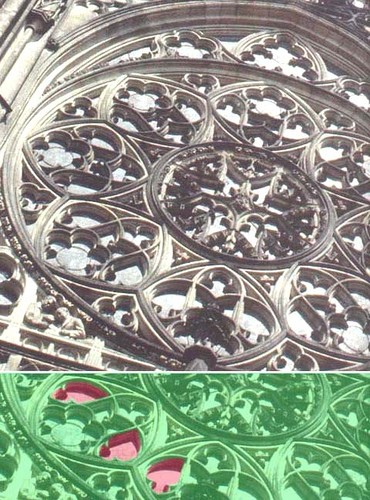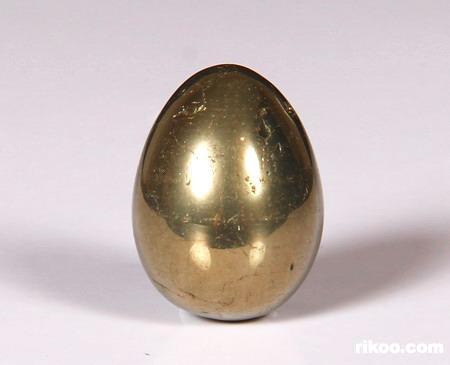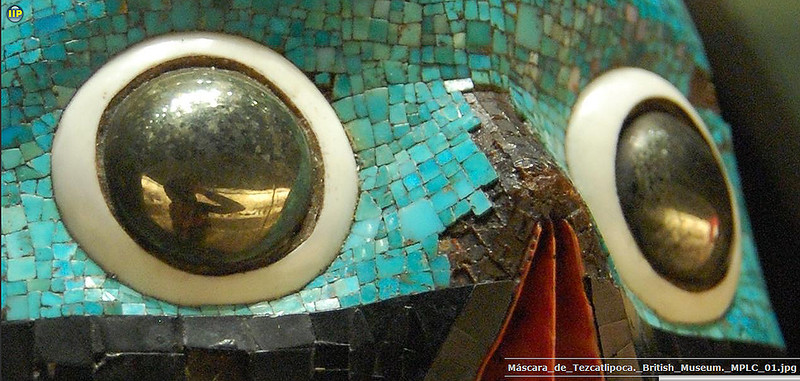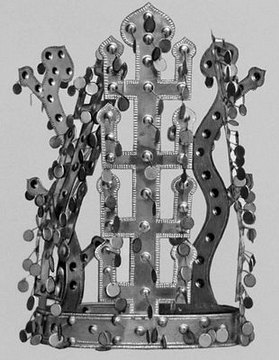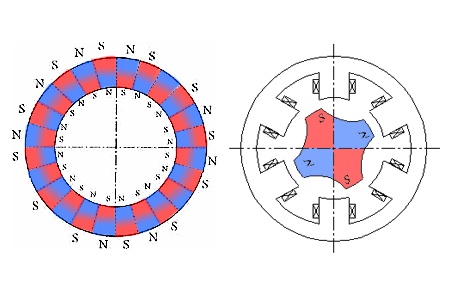Re: Формы, механизмы, энергия наномира - 64
Асферические контактные линзы (просветленная оптика) 16 век.
Инструкция для телевизионной группы.
Кушелев: Удалось выяснить, почему за 100 лет никто из исследователей не посмотрел череп на просвет.
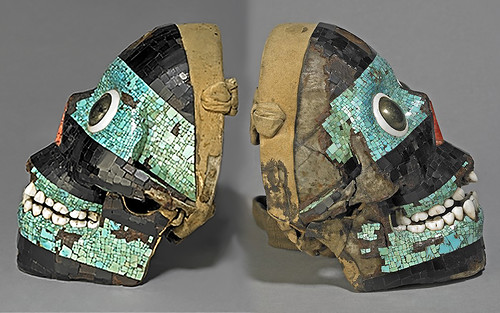
Оригинал: https://img-fotki.yandex.ru/get/16116/1 … 4_orig.jpg
Во-первых, череп сзади обклеен оленьей кожей.

Во-вторых, глаза сзади закрывает кость.
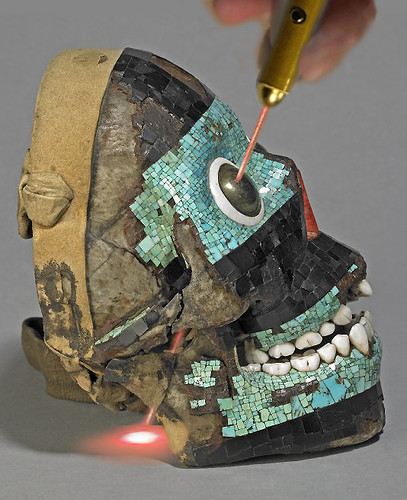
Поэтому даже луч лазерной указки не сможет пройти насквозь. Он упрётся в дно глазницы.
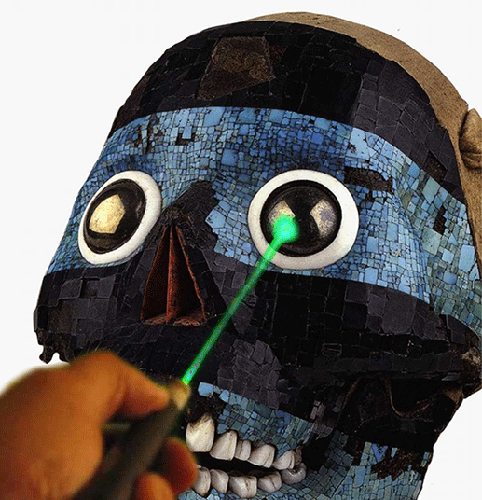
Тем не менее, полость под контактной линзой осветить можно. Но и тут есть определённые трудности. Ведь после убийства под контактными линзами остались глаза. Понятно, что они разложились, а позднее высохли, но этот процесс мог существенно снизить прозрачность внутренней поверхности контактных линз. Тем не менее лазерный луч может частично пройти через слабо прозрачный слой, особенно, если он существенно неоднородный. Ведь лучом лазерной указки можно "прощупать" и найти наиболее прозрачные участки контактной линзы. Если это не удастся при сильном внешнем освещении, то нужно будет загородить, а лучше выключить внешние источники света. Эксперимент в Британском музее лучше проводить с использованием набора разноцветных лазерных указок. Возможно, что лазерные лучи разных цветов будут проходить через контактные линзы по-разному, т.е. синий, например, почти не пройдёт, а красный может пройти в разы лучше или наоборот. 5-милливаттная лазерная указка может быть слишком слабым источником света, поэтому желательно запастись и более мощным источником, например, 50-100 милливатт. Железный колчедан в любом случае не пропустит свет, а контактная линза должна пропустить, хотя бы частично.
Ответ из Британского музея:
Dear Alexander
Thank you for your email.
I wonder if you could please identify the items you are interested in?
http://www.britishmuseum.org/research/c … =Troschel+
and
http://www.britishmuseum.org/research/c … +D%C3%BCrr
Perhaps you might provide some registration numbers or links to the records in question?
If your intended use is included within one of the following options you may qualify to use the British Museum's free non-commercial image service:
∙ for non-commercial research or private study, or
∙ for one-off classroom use in the school, college or university named in your original request
∙ Presentation or lecture without entrance fee, including power point
∙ for reproduction within a thesis document submitted by a student at an educational establishment (an electronic version of the research may be stored online as long as it is made available online at no cost to the end user),
∙ or for reproduction within (but not on the cover of) an academic and scholarly book, journal article or booklet, provided that the publication is published by an organisation set as a charity, society, institution or trust existing exclusively for public benefit and that the publication has a print-run of not more than 4,000 copies. Note that E book rights are not covered by this license option.
Please read the full terms and conditions via the link below to verify whether you fit the criteria?
http://www.britishmuseum.org/about_this … rvice.aspx
You can then search objects in the database (link below), register (by clicking on ‘Use digital image’ below the image you require) and order images directly from the website:
http://www.britishmuseum.org/research/s … abase.aspx
Please note that the online confirmation you receive will have to suffice for permission should you choose to take advantage of the service. The non-commercial image service does not include personalised advice and guidance, and is independent from the commercial licensing services. The service is entirely self-policing and we are unable to offer further assistance or documentation should you wish to process your order through the service?
If you experience any technical difficulties when ordering images via the online service please contact the Museum web team at web@thebritishmuseum.org
Images obtained through the free online image download service are in Jpeg format, with 2,500 pixels at the longest edge and can be reproduced at a maximum of 21cms (A5) when printed at 300pdi. The images featured on the online database site will have been created for a variety of Museum purposes and may vary in quality, many may not have been colour managed or cleaned.
Kind regards
Parveen Sodhi
Account Manager | British Museum Images
The British Museum Company |38 Russell Square | WC1 3QQ, London | UK
Phone +44 (0)20 3073 4956
Email psodhi@britishmuseum.org | Web www.bmimages.com
***
Моё последнее письмо в Британский музей:
Dear Parveen Sodhi,
I need foto/video registration experiment
∙ for non-commercial research
Sample: https://img-fotki.yandex.ru/get/20/1582 … b_orig.gif
Details: http://nanoworld.org.ru/post/55474/#p55474


